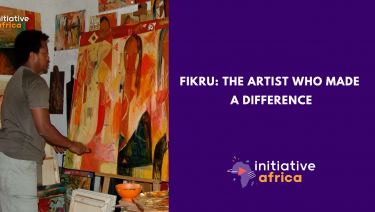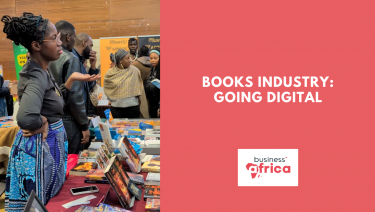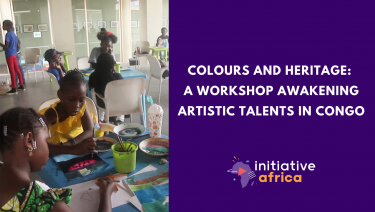The Long Road Home for Looted Artworks
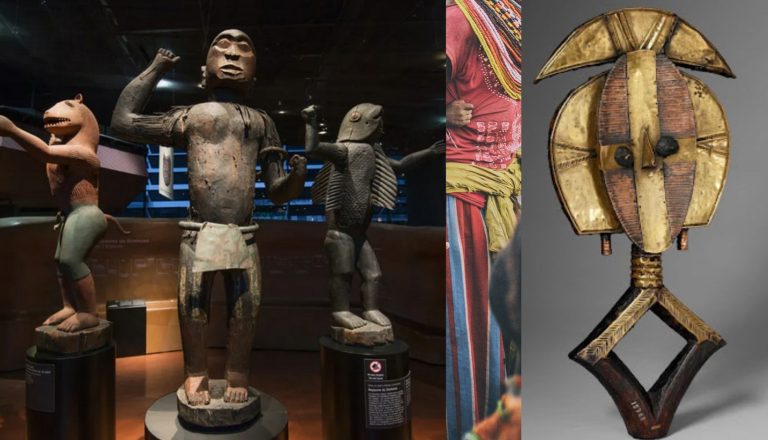
Heidi Ellison
It’s long, long overdue, but it’s finally happening: one-time colonizers are beginning to return artworks stolen from their former “possessions”.
In what is probably the most spectacular and egregious case of theft of artworks by foreigners, during the “British Expedition” in 1897, British soldiers looted over 10,000 artworks and objects after ransacking and burning sacred and royal sites in Edo (now Benin City in Nigeria), the capital of the Kingdom of Benin, and massacring its inhabitants. Collectively known as the Benin Bronzes, these exceptional metal plaques and sculptures were made by Edo artists from the 13th century onward.
Since the British Expedition, these pieces have graced public museums, private collections and art galleries in many Western countries, accompanied by convenient amnesia about how they were obtained. According to Oxford professor Dan Hicks, author of The Brutish Museums: the Benin Bronzes, Colonial Violence and Cultural Restitution, the museums’ possession of these objects makes them complicit in the violence used to obtain them. “No matter how well we tell the story of how these objects ended up in a museum, every day that they remain [there], there’s a re-inscription of that violence,” he said on the podcast “The Haunting History of the Benin Bronzes.” According to Hicks, some 160 museums own pieces looted during the British Expedition.
Following a recent outcry from the African countries concerned and the public, certain museums around the world have somewhat grudgingly begun to return – or promise to return – small numbers of these objects.
The Smithsonian Museum, in Washington DC, has made a commitment to return most of the 39 Benin Bronzes it owns as part of its new “ethical returns” policy, but the deaccessioning of these pieces will first have to be approved by its board of regents. Abba Isa Tijani, director-general of Nigeria’s National Commission for Museums and Monuments, has noted that “we have not encountered another museum that has done as much.”
Little by little, things are moving forward. D.C.’s National Gallery of Art has returned a bronze cockerel to Nigeria, and the Museum of Fine Arts Boston promised in February to send terracotta figures back to Mali. Last November, New York’s Metropolitan Museum of Art returned a few Benin Bronzes to Nigeria.
Also, in November 2022, France’s Quai Branly Museum returned to the Republic of Benin 26 royal objects that had been looted from Abomey, capital of the former Dahomey kingdom, in 1892 by French soldiers. They are currently on display in an exhibition in Cotonou called “Benin Art Yesterday and Today.”
These moves are just a drop in the bucket, however, considering that France alone owns some 90,000 African works, around 70,000 of them held by the Quai Branly Museum.
Belgium, whose Museum de Tervuren owns some 109,000 artifacts from its former colony, the Democratic Republic of Congo, has made a commitment to restitute what could be thousands of objects. Other nations, including Germany, are cautiously considering following France’s lead, and three British universities have already returned a few bronzes from their collections to Nigeria. The British Museum, however, remains the last great holdout, claiming that the preservation of the 928 Benin Bronzes it possesses could not be guaranteed if they were returned.
Now that stolen artworks have started to trickle back to the countries they came from rather than flooding outward as they have in the past, there is some hope that the tide has truly turned and that the museums and other collections holding these looted artifacts will follow the trend – and their consciences – and do the right thing.
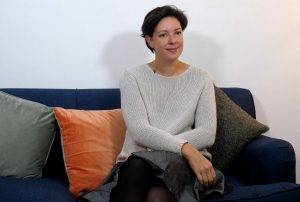
Marie-Cécile Zinsou: The restitution of African heritage, “a large-scale movement.”
Twenty-six works of art looted in 1892 from the Kingdom of Dahomey in modern day Benin have finally been returned and are being exhibited in Cotonou. What does it mean for you?
The 26 works are on show in Cotonou; it looks like they really belong in the exhibition in the former presidential palace that has been completely renovated. You walk into the room, and see these 26 works from Abomey, 100 kilometres away, and it is very moving to watch people seeing them for the first time like this, to discover them. The art was here for three months in 2006, but then left again. It is a key moment because it just seems so right. It’s the fruit of a lengthy struggle, like an entire colonial war. It was about the exhibition of these works in Paris for 129 years. Five years fighting over restitution to get France to agree that specific pieces should return to the African continent because it’s been stripped of its heritage. So, what is crazy is that the exhibition feels like it really belongs here in Cotonou and to see the emotional reaction of the public, who find it all perfectly natural. And then to look back over the last five years, the last 130 years and to understand this is the first step of a process to recover a heritage, a part of our history and the fruit of a 130-year-long struggle.
Along with the restitution, a programme of scientific cooperation, scholarships for Beninese heritage students and, above all, the development of the historic site of Abomey have all been announced. Is this the beginning of a new stage in the return of African works of art?
Yes, there is an active museum cooperation between France and Benin, something that exists elsewhere in the surrounding countries, since Germany is cooperating with Nigeria, notably on the question of the return of bronzes from Benin. The Mali Museum collaborates with many museums, including the Brooklyn Museum and the Hamburg Museum. So, something is happening on a European scale and an African scale. It is not just Benin. I think Benin is a bit of a test case with this first necessary restitution. Senegal has also seen the sword of El Hadj Oumar Tall returned to the Museum of Black Civilisations. However, it was just one object. This is really a set of regalia from the ancient kingdom of Dahomey, from the court of Abomey. I think that Benin is a work in progress. All eyes are on Benin to see what will happen. And at the same time, the Benin exhibition allows us to give a master class to all those who have criticised Africa’s ability to care about its heritage. And here we can clearly see what is happening, which is that Benin has been able to exhibit these works in perfect museum conditions, which the public can visit in a perfect setting and that it’s a fantastic success. So, I think how the objects are shown and how the public views them will necessarily lead to different and varied forms of cooperation because people here can finally see it for themselves. After all these silly prejudices, the critics can finally see that Africa does want its heritage back. Africa venerates its heritage and knows how to showcase it.
What do you think of the various solutions being considered? The Democratic Republic of Congo wants to change the ownership of the works while leaving some of them in Western museums. Then there’s the approach that calls for their physical return. What will happen next do you think?
I think we realise Africa is not one big country and that it’s not Europe taking from Africa: that it’s more complex than that. Each country has its history, and each has its history of colonial plundering or the eventual loss of heritage, in very different circumstances. There’s the heritage that’s been sold, there’s the heritage that has been stolen. We know the stories are not the same. If you understand what happened in the kingdom of Dahomey, you do not necessarily understand what happened in the kingdom of Porto-Novo.
And we are talking about two neighbouring kingdoms. So, if you tried to learn what happened in Congo or Mali on what happened in Dahomey, you wouldn’t be able to. Each country has a different dynamic depending on its priorities.
Some countries have complex situations, some on a humanitarian level. I am thinking, for example, of South Sudan, which is not able to build museums because it must prioritise vital infrastructure. So, typically, some countries will not be involved in these heritage issues. But some like Mali, Ivory Coast, Ethiopia, Madagascar, and Chad are all making requests for restitution.
Others, such as Belgium and the Congo, are talking, knowing that the Congo is making reproductions. Belgium isn’t returning art; it’s the Congo that is reconstituting them – which is an exciting way of looking at things from our perspective. Reconstructing your collections means deciding what you want to present to your public. If unique pieces are missing, say are in Belgium, from now on you can ask for them to be given back with the knowledge Belgium has also considered the issue and has decided that all the Congolese heritage in Belgium should become the property of the Congo. Lawmakers are drafting the first bill on returning ownership of the works.
Will all the artworks be returned? Not necessarily. But in any case, the works will belong to the Congo, and Belgium will recognise them as Congolese. Germany is working on a big project on Nigeria’s Edo Museum, with a conglomerate, the Benin Dialogue Group, and with the Hamburg Museum, to go to Edo and help develop the museum with architect Sir David Adjaye in Nigeria.
https://www.adjaye.com/work/edo-museum-of-west-african-art/
Scotland has decided to make restitutions. And even the United States today is returning things they did not plunder as they can’t be accused of being (African) colonialists. These are works they bought, but today feel uncomfortable about, because they know these objects were looted in conditions which can’t be ignored. So, even the United States, which purchased them on the open market, one might suppose with good intentions, is also announcing the restitution of specific pieces. The Smithsonian Museum is a good example as they have identified some pieces to be returned. Today we are in a situation specific to each country, but which is a large-scale movement, because I think everyone in Africa has understood we are interested in our history, our heritage. This is a large-scale movement with specific country by country cases.
Interview by Laurence Soustras
See also
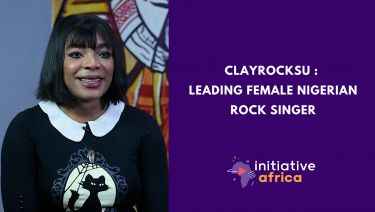
CLAYROCKSU, leading female Nigerian rock singer
She grew up singing in church and ended up fronting Nigeria’s rock scene. In this exclusive interview, Clayrocksu opens up about what it means to be a rock artist and a woman in a country dominated by Afrobeats. From her early days mixing Igbo and English lyrics, to building a community of Afro-rock musicians, she shares how music became a form of rebellion, healing, and identity. Between faith, family, and fire, her voice carries a message for all the misfits who refuse to fit in. Journalist: Sharafa
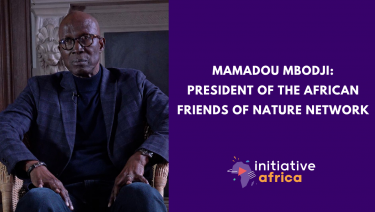
MAMADOU MBODJI: President of the African Friends of Nature Network
“Africa on the Front Lines of Climate Change: Understanding, Acting, Resisting” In this exclusive interview, Mamadou Mbodji, President of the African Friends of Nature Network, reflects on three decades of fighting for climate justice. His message: “Africa can no longer wait. There is an African emergency.” An essential exchange, full of warning and hope. Journalist: Laurence Soustras
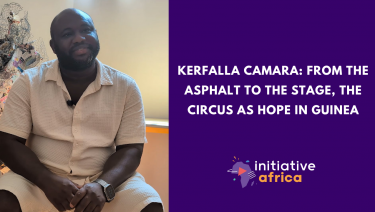
Kerfalla Camara: From the asphalt to the stage, the circus as hope in Guinea
Making circus a lever for education and social change. Born in the streets and trained in the circus, Kerfalla Camara is now the head of Circus Baobab, Guinea's first circus company, which has become a benchmark in West Africa. In this exclusive interview, he discusses: - The rebirth of Circus Baobab, a socially engaged circus - The fight to provide education to out-of-school children - The Guinean cultural roots in each show - The courage to tackle taboo subjects, such as female genital mutilation, in their latest creation, Yongoyely A powerful account of art as a tool for emancipation and social transformation. Journalist: Alexandra Vépierre
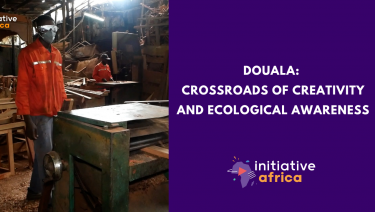
Douala: Crossroads of Creativity and Ecological Awareness
In Cameroon, the artisanal woodworking industry is taking an eco-responsible turn. Faced with increasing deforestation, some sculptors, like Jean-Claude Dongmo, are choosing to recycle abandoned materials into unique works of art. In this report filmed in Douala, discover how these artisans: - Reinvent their traditional know-how - Train young people in sustainable trades - Contribute to the preservation of Cameroon's forests An immersion at the intersection of art, knowledge transfer, and environmental commitment. Journalist: BOUNYA Maxime Farrel
